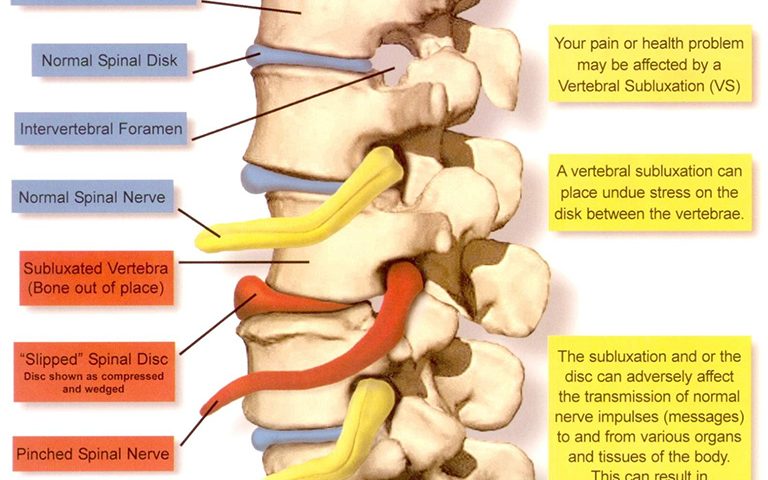
New States of Consciousness for the Self
September 23, 2016
The Brain in Your Belly
December 8, 2016Remember a back problem is a brain problem!

The science is clear that the spine is NOT just a hard protective covering around soft delicate nerve structures with moveable segments and discs in between that allow us to move. The spine is a NEURO-SPINAL ORGAN that constantly sends critical input into the brain every milli-second that we are alive. This occurs so that the brain and nervous system can properly assess and adapt to its environment for ultimate survival of the organism.
Remember a back problem is a brain problem!
Subluxation is an interference of the brain and Central Nervous System from vertebra not properly aligned and moving appropriately.
Proprioception is the ability to sense stimuli arising within the body regarding position, motion, and equilibrium. Even if a person is blindfolded, he or she knows through proprioception if an arm is above the head or hanging by the side of the body.
Subluxation (because of decreased segmental movement) creates abnormal proprioception into the brain (specifically the hypothalamus) leading to increased sympathetic tone. Increased sympathetic tone always increases stress hormones. Chronic increased stress hormones are linked through numerous studies directly to a host of diseases including but not limited to cancer, glaucoma, bi-polar disorder, type I & type II diabetes, rheumatoid arthritis, autoimmune disease, osteoarthritis, excessive body weight, hypertension, asthma, immune system function. (“Autonomic and Autocoid Pharmacology” 2009)

There are mechanoreceptor neurons in and around the spin, as well as very dense muscle tissue in the back of the neck, especially the upper cervical spine that are loaded with mechanoreceptors.
“80% of baseline activity of the Central Nervous System is due to mechanoreceptor input.”— Principles of neural science 4th edition, 2000
Cervical spine adjustment alters sensorimotor integration: A somatosensory evoked potential study — Clinical Neurophysiology, 2007
Manipulation of dysfunctional spinal joints affects sensorimotor integration of the prefrontal cortex. — Journal of Neuroplasticity, 2016
37% of 20 year old adults have asymptomatic intervertebral disc degeneration — American Journal of Neurology, 2015


